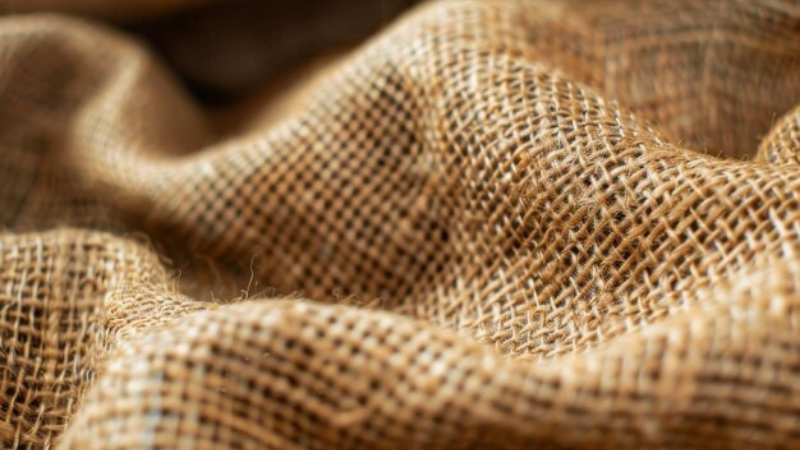
Canvas fabric is one of the most trusted and multi-purpose materials in the textile world. Because it lasts, is inexpensive, and has many uses, the heavy duty fabric canvas is found in factories and homes.
Whether you’re crafting a tote bag, painting a masterpiece, or shopping for rugged pants, canvas fabric is a reliable choice that combines function with simplicity. In this guide, we’ll discover what canvas consists of, how it is used, and how to look after it.
What Is Canvas Fabric?

Canvas fabric is a tightly woven, heavy-duty textile made primarily from cotton or linen. It’s common for today’s diapers to contain synthetic materials such as polyester to make them sturdier and more repellent to water.
To start with, canvas was most commonly found on sails, tents, and other things meant for boats, thanks to its strength and resistance to ripping. Later on, the uses of ceramics covered fashion, art, and decorating homes.
Its rugged and extremely durable surface is one of the main qualities of this fabric. Unlike most other textiles, canvas has a strong shape and handles rough wear well. That’s why materials with this feature are frequently used in things that need to be performed for a long time—think backpacks, outdoor equipment, and workwear.
Both plain canvas and duck canvas variations of canvas are available. Its closely woven and smoother surface means duck canvas is good for jackets, coats, and shoes, while plain canvas best fits things like tents or heavy bags.
What Is Canvas Made Of?

You won’t find a single canvas; instead, it defines the type of makeup and weight of a fabric. For most of its history, canvas was made from a natural fiber known as hemp. Because they were easy to wear and inexpensive, cotton and linen fabrics were used more often as clothing materials as manufacturing developed.
Today, most canvas is made from:
- Cotton: Soft, breathable, and easy to dye.
- Linen: Stronger than cotton, with a smooth finish.
- Hemp: Durable and sustainable, though less common.
- Polyester or synthetic blended fabric: Added to improve water resistance and durability.
Canvas is constructed using a plain weave technique, where the weft thread goes over and under each warp thread. This results in a fabric that is not only sturdy but also relatively easy to work with, which explains its popularity among crafters and the process used by industrial users alike.
What Different Types of Canvas Fabric Are There?
Canvas fabric comes in a variety of distinct types, each suited to different uses:
- Plain Canvas: Has a looser weave, great for heavy-duty applications like tarps and tents.
- Duck Canvas: Tighter weave and smoother surface, ideal for bags, shoes, and jackets.
- Cotton Canvas: Most commonly used, versatile, and soft, perfect for clothing and crafts.
- Linen Canvas: Used mainly in art, more durable and refined than cotton.
- Hemp Canvas: Eco-friendly and durable, though less widely available.
- Synthetic Canvas: Made from polyester or PVC, extremely durable and waterproof, often used in outdoor gear and industrial settings.
Each type offers unique advantages depending on the project, whether it’s a fashion item, a tent, or a painting surface.
Then and Now: The Evolution of Canvas Fabric
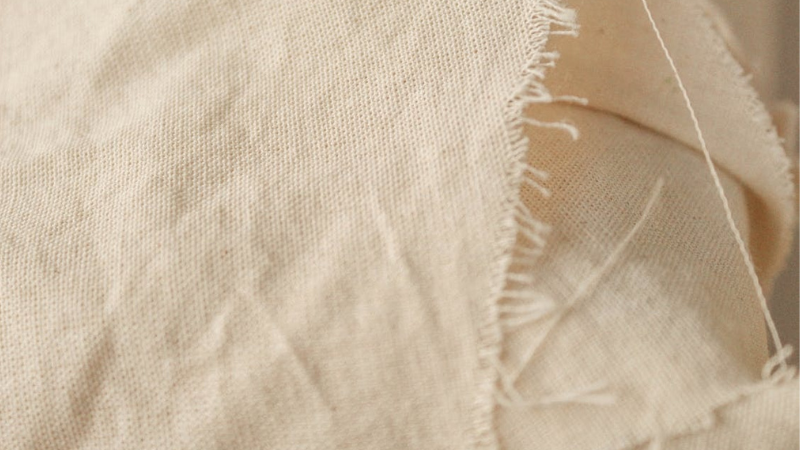
It has traveled a long path from its time when it was only used as a workable textile for sails and camping tents. In the past, hemp rope was the main choice for sailors because it stood up to difficult weather and was widely used in ships. As well as using the sails from flax, sailors made shelters and tarps for protecting their goods.
It was during the 19th and early 20th centuries that canvas became important in military outfits, workwear, and for artists. The preferred backpacks, school uniforms, and first photography backdrops were made from a mix of cotton and other plant materials.
Today’s canvas shares a hard history but has also developed in its structure and ways of being used. Because cotton was strong and easy to wear, it became widely used in clothing and everyday things. Now, leather sees a lot of synthetics blended with it to enhance both its resistance to water and strength, which makes it useful for high-end bags, tech items and sustainable home items.
What continues to attract people the most is the durability of vinyl flooring, which is often greater in number compared to other materials. But thanks to new design possibilities and eco-friendly adjustments, canvas is a cornerstone in both old and new designs.
Properties of Canvas Material
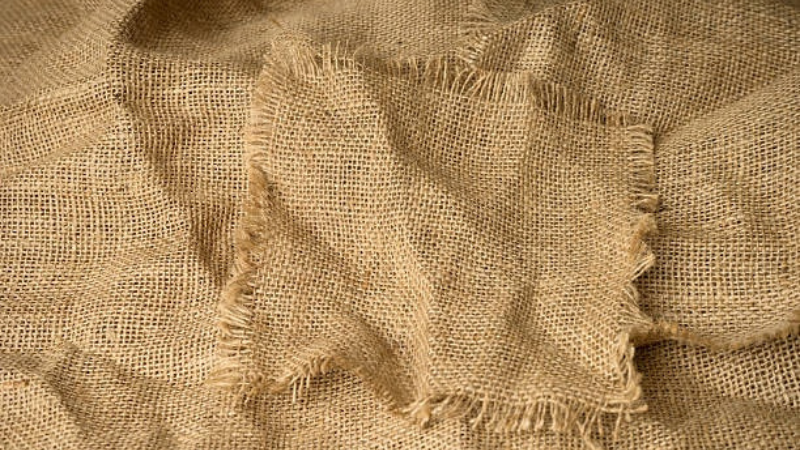
Canvas stands out for its practical features, which include:
- Durability: Its dense weave and thick fibers make it highly resistant to tearing, punctures, and abrasions. It’s perfect for work environments or harsh weather.
- Breathability: Especially true for cotton-based canvas, allowing moisture to escape while keeping the body cool.
- Waterproof: When treated or waxed, the canvas becomes highly water-resistant, making it ideal for outdoor applications.
- Weight Options: Canvas is available in various weights, typically measured in ounces per square yard (oz/yd²). Light canvas (7-10 oz) is used for clothing, while heavier versions (12-24 oz) are perfect for tents, upholstery, and bags.
These properties make Canvas a go-to for functional, hard-wearing items across a variety of industries.
Common Uses of Canvas Fabric
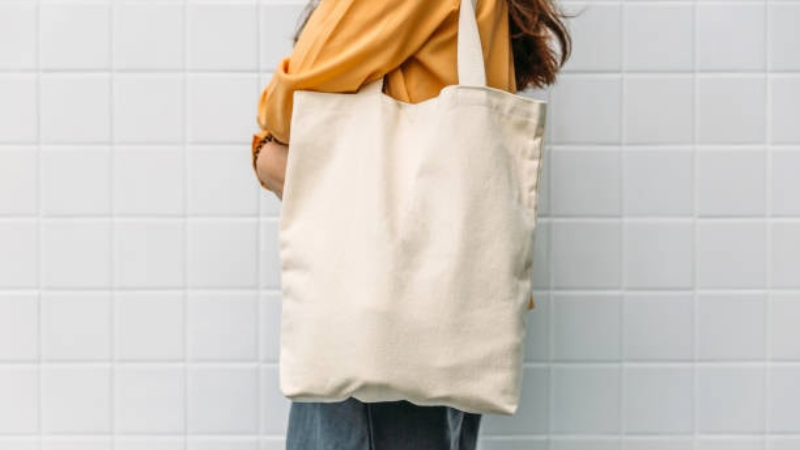
It is possible to do a lot with Canvas. Some of its most common uses include:
- Canvas Pants: Used in construction and the military because of how they stand up to wear and tear. Many include knees that are sewn extra strongly, tool pockets, and thick stitching all around.
- Bags and Backpacks: Totes, everyday bags, hiking rucksacks, and backpacks can all be made from canvas for long-lasting use and design.
- Shoes: Many classic brands, such as Converse, choose canvas for both its breathability and sturdiness.
- Art: In acrylic and oil painting, the most common surface is a primed, stretched canvas. Both types of canvas, primed and unprimed, exist in cotton or linen.
- Home Decor: You can use it to make slipcovers, curtains, and cushion covers. It introduces a simple and natural look into the home.
- Outdoor Equipment: Tents, sails, and tarpaulins are often used for outdoor equipment because they resist both weather damage and wear.
Canvas fits seamlessly into both utilitarian and aesthetic roles, proving its worth in nearly every environment.
Canvas Pants: Durable and Functional Clothing
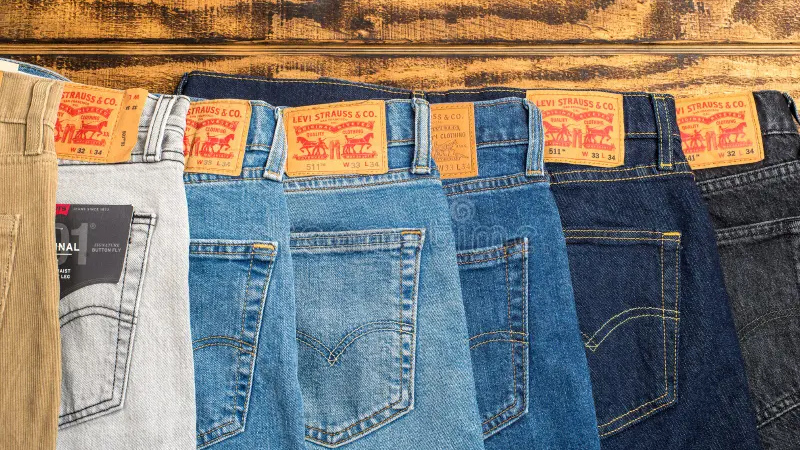
Canvas pants are a wardrobe staple for those who prioritize function without sacrificing style. The pants we’re talking about are:
- Common in workwear: Thanks to their ruggedness, canvas pants are worn by construction workers, carpenters, and mechanics.
- Outdoor-friendly: Anyone who hikes or camps likes that the material is strong and guards against rough conditions.
- Fashionable: Cargo pockets and natural-colored outfits in everyday wear have grown popular because they look trendy and are inspired by utility styles.
Compared to denim, canvas pants are generally stiffer and more structured. Denim fits the body after repeated use, yet canvas keeps its form and tends to last longer. Brand names like Carhartt, Dickies and Patagonia use canvas in their lines of durable clothing.
Canvas vs Other Fabrics: How Does It Compare?
Let’s compare canvas to some commonly used fabrics:
Feature | Canvas | Denim | Polyester | Duck Cloth |
Weight | Medium to Heavy | Medium | Light to Medium | Heavy |
Breathability | Moderate | Moderate | Low | Moderate |
Flexibility | Low | Medium | High | Low |
Water Resistance | Treated Only | Not Waterproof | Often Treated | Treated or Plain |
Canvas is the clear winner for projects that require strength and reliability. However, it’s less ideal for a number of situations where flexibility or softness is key.
Pros and Cons of Canvas Fabric
Pros:
- Highly durable and abrasion-resistant
- Versatile across multiple applications
- Easy to sew, paint, or treat
- Holds its shape well
Cons:
- Can be stiff before breaking in
- Heavier than other cotton fabrics
- It may shrink if washed improperly
Despite its few downsides, the positives far outweigh the negatives, especially when used in heavy-duty or artistic settings.
How to Care for Canvas Products
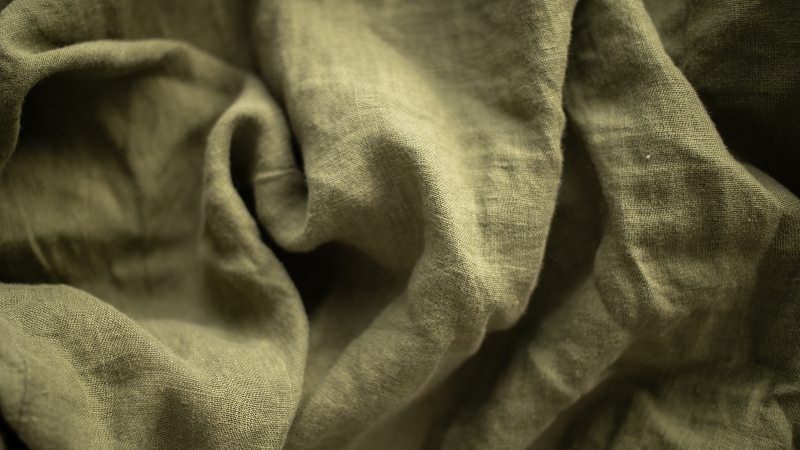
How you care for a canvas depends on the type of product you use.
For clothing:
- Wash your clothes in cold water so they don’t shrink as much.
- Instead of bleach, use detergents designed for sensitive fabrics.
- Pick air-drying options to ensure your clothes don’t become weak.
For bags and shoes:
- Gently use either a soft brush or a cloth to remove dirt.
- Spray a waterproof product on the fabric to keep it from soaking when you wash it.
For outdoor gear:
- Give your gear a new waterproof treatment every 2 or 3 months.
- Store in a cool, dry place when not in use.
Proper maintenance will extend the life of canvas items when the products are applied correctly. and keep them looking their best.
How Does Canvas Fabric Impact the Environment?
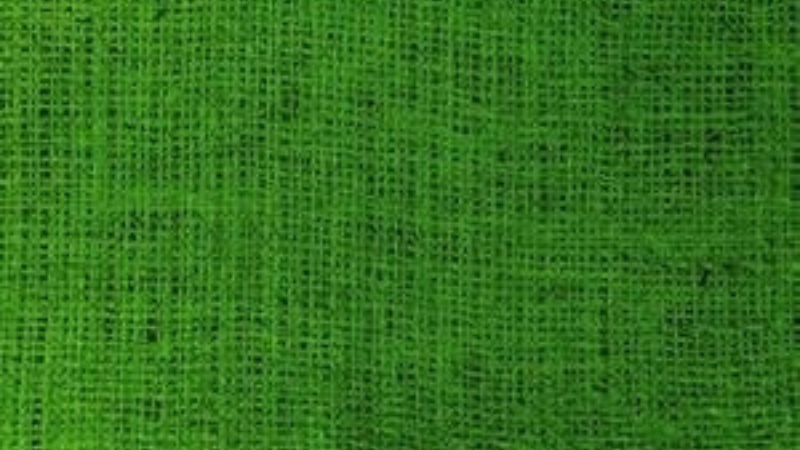
Canvas fabric’s environmental impact varies depending on its fiber source:
- Natural canvas (cotton, hemp, linen) is generally biodegradable and renewable, making it a more sustainable option.
- Synthetic canvas (polyester blends) is less eco-friendly, taking longer to break down and contributing to microplastic pollution.
How materials are produced is important too. Organic and low-impact manufacturing make it possible to use less energy and chemicals. Being reusable and tough, canvas enables you to reduce both the frequency of buying new materials and your environmental impact when properly applied.
Turning your old canvas items into something new through upcycling saves even more of the environment. Eco-certified canvas allows you to source your goods responsibly and sustainably.
Frequently Asked Questions
1. Is canvas waterproof?
Not inherently. Even so, treating or waxing canvas prevents it from soaking up water and makes it possible to use it outside.
2. What’s the difference between a duck and a plain canvas?
Because the weave is tight and the surface is smoothly finished, duck canvas is well suited for shoes and jackets.
3. Can I use canvas for upholstery?
Absolutely. Because it is so strong, vinyl is a favorite choice for slipcovers, cushions, and headboards.
4. How do I soften canvas?
You can break the canvas by washing it many times with cold water and fabric softener, without affecting its strength.
5. Is canvas eco-friendly?
Natural canvas, created from cotton, linen, or hemp, decomposes and is more sustainable than non-natural fabrics made from yarn.
6. Are canvas pants better than jeans?
Canvas pants are more durable and structured, while jeans offer more comfort and flexibility.
Final Thoughts: When to Use Canvas Material
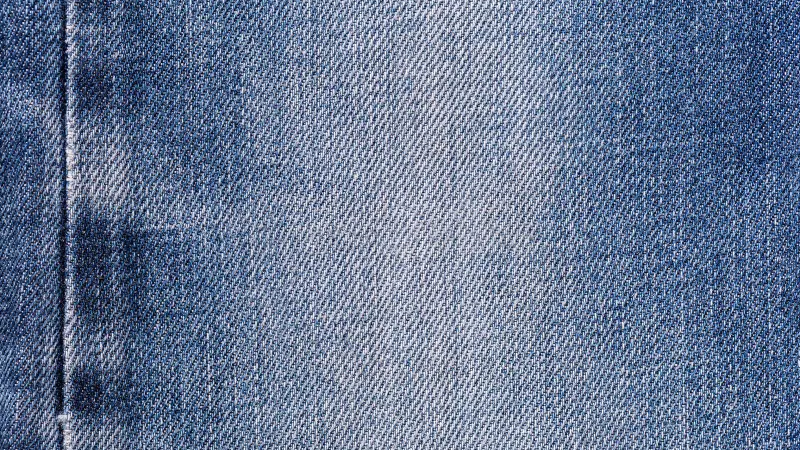
Using canvas gives you the greatest durability and endurance. In places where other clothing can rip, stretch, or break apart, denim stays strong.
Use it for various projects in the arena :
- DIY upholstery projects
- Work and hiking clothes
- Sturdy, stylish bags
- Painting surfaces
For those searching for premium canvas textiles, Yanmao Textile offers high-quality options ideal for both functional and decorative uses. Their commitment to quality and innovation makes them a top supplier of canvas fabric solutions.
Ready to bring your ideas to life with Canvas? Browse Yanmao Textile for quality canvas fabrics that meet your crafting, fashion, or upholstery needs.
Lastly, if you are a fan of Jersey fabric, then read our guide: What Is Jersey Fabric? A Complete Guide to This Soft, Stretchy Material.





